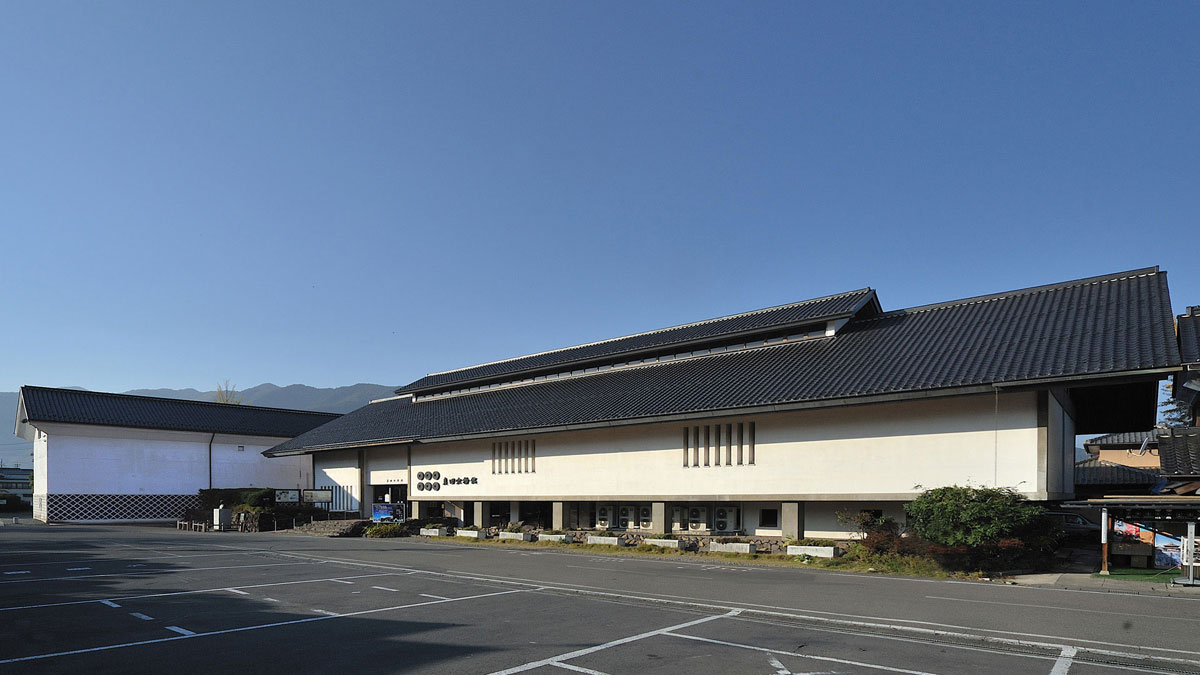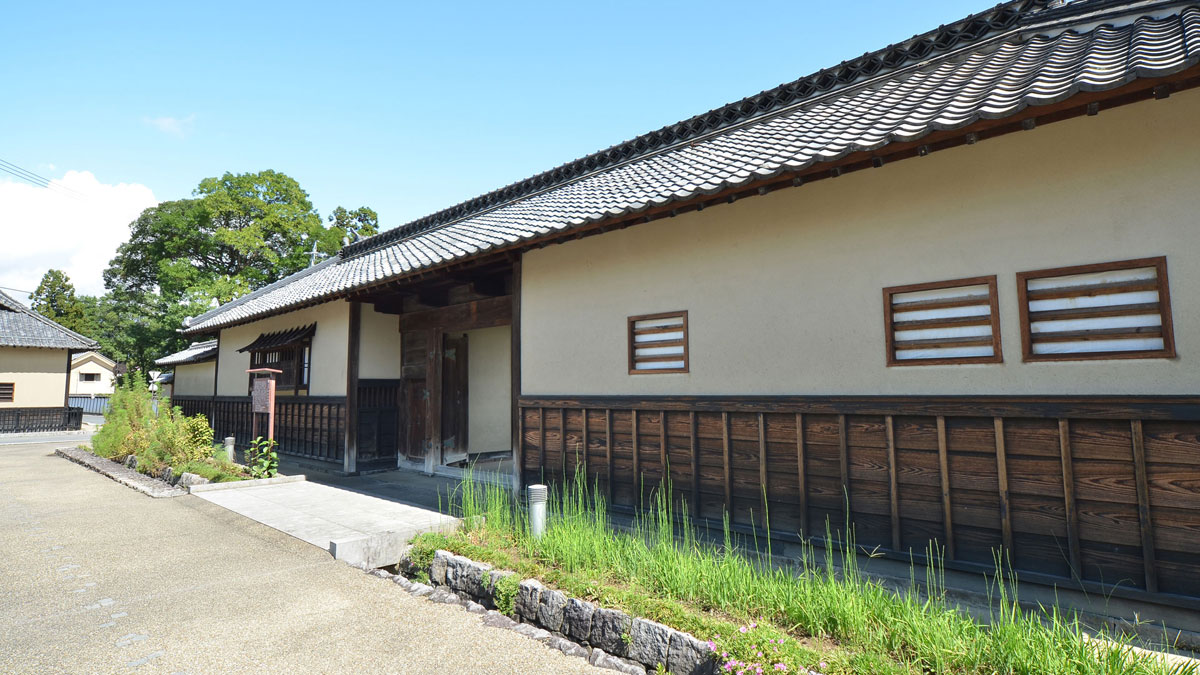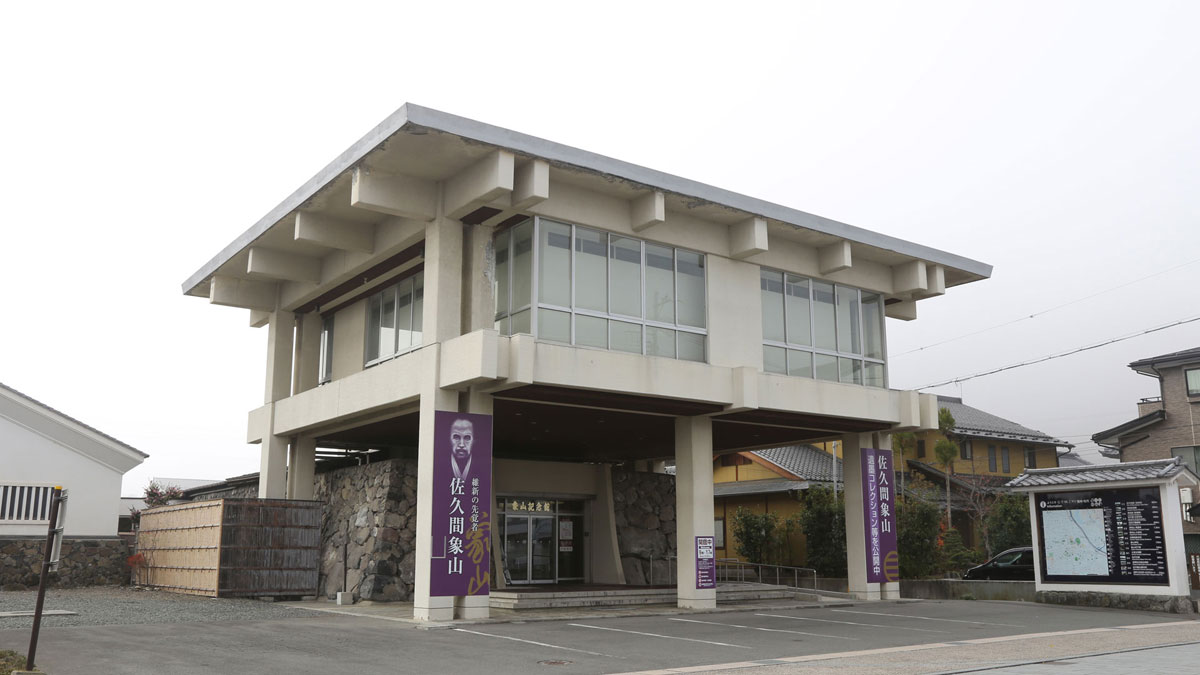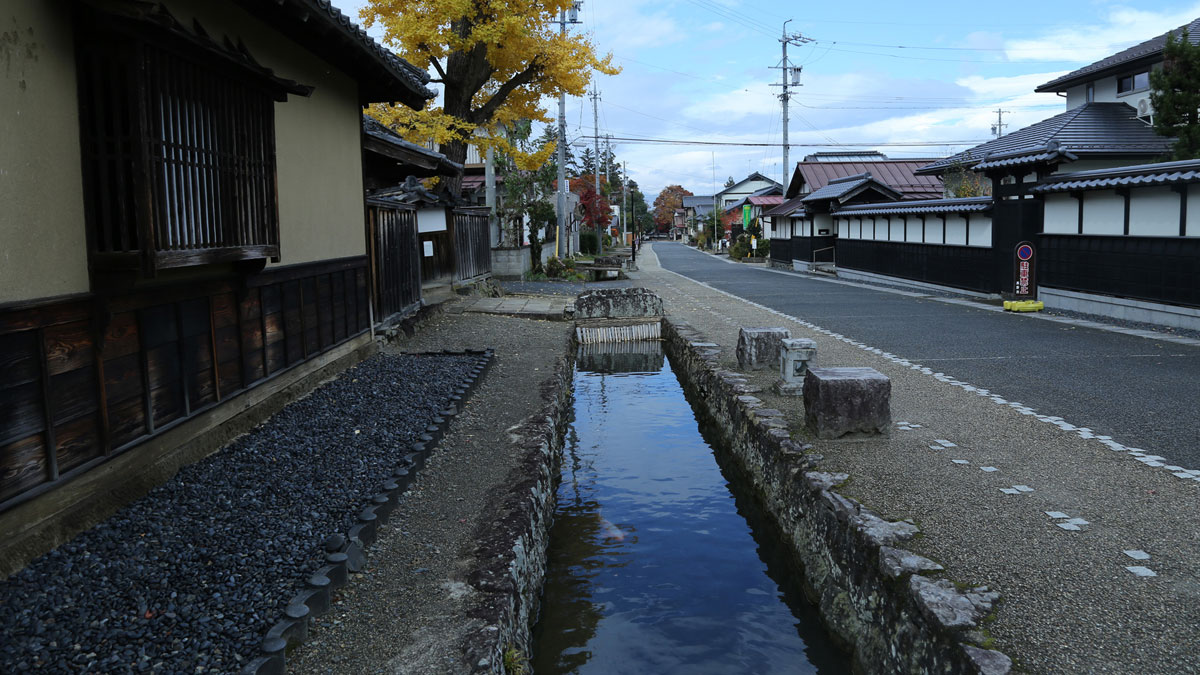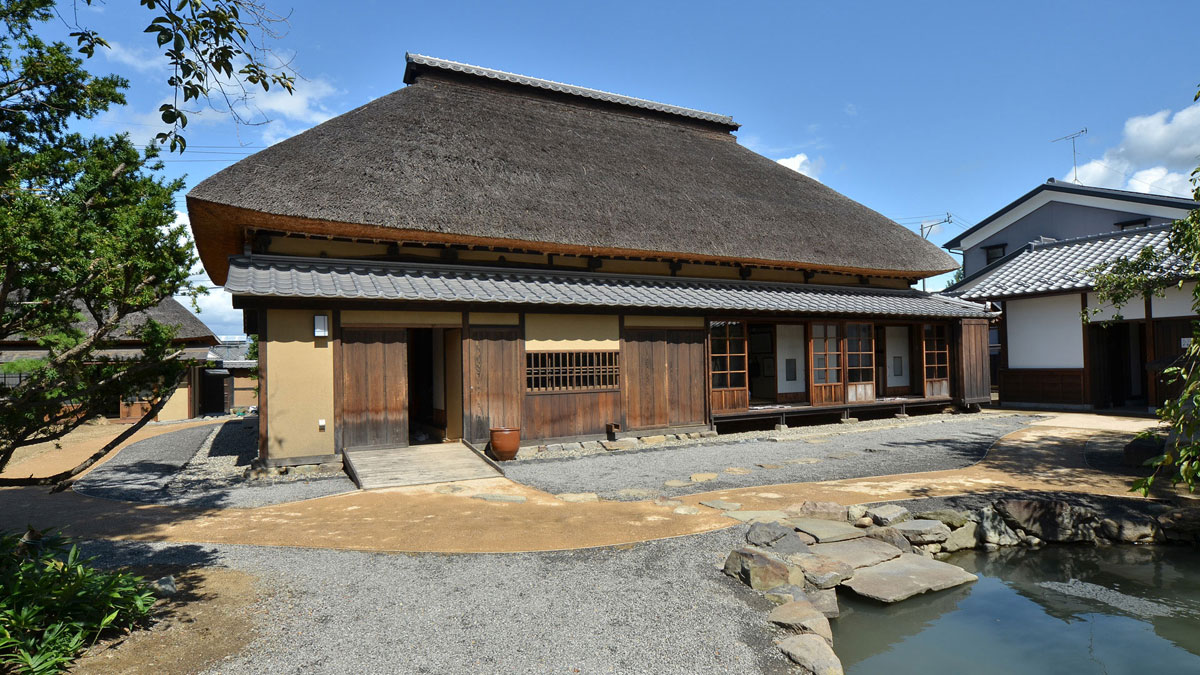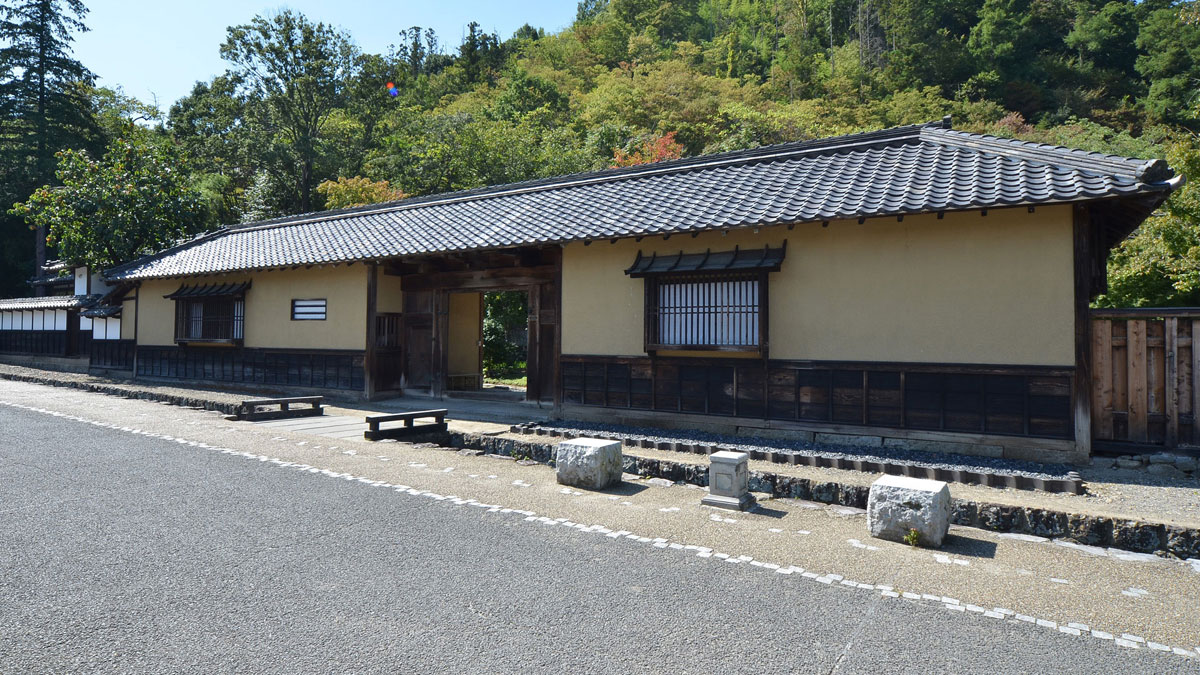Route Guide
 Standard Route
Standard Route
- 0.5km
- abt. 50min
- ¥1,100※1
The most basic route, it will cover the Sanada Family Residence in approximately one hour.
Spanning from the 17th century to the 21st century.
Trace the footsteps of the Sanada clan and step back in time to the Edo period on a tour centered on the Sanada Treasures Museum.
Standard Route Route and walking times
- =distance
- =Time required
- =Admission fee
2min
3min
- ※1 Expenses are shown at adult rates (high school students and above).

